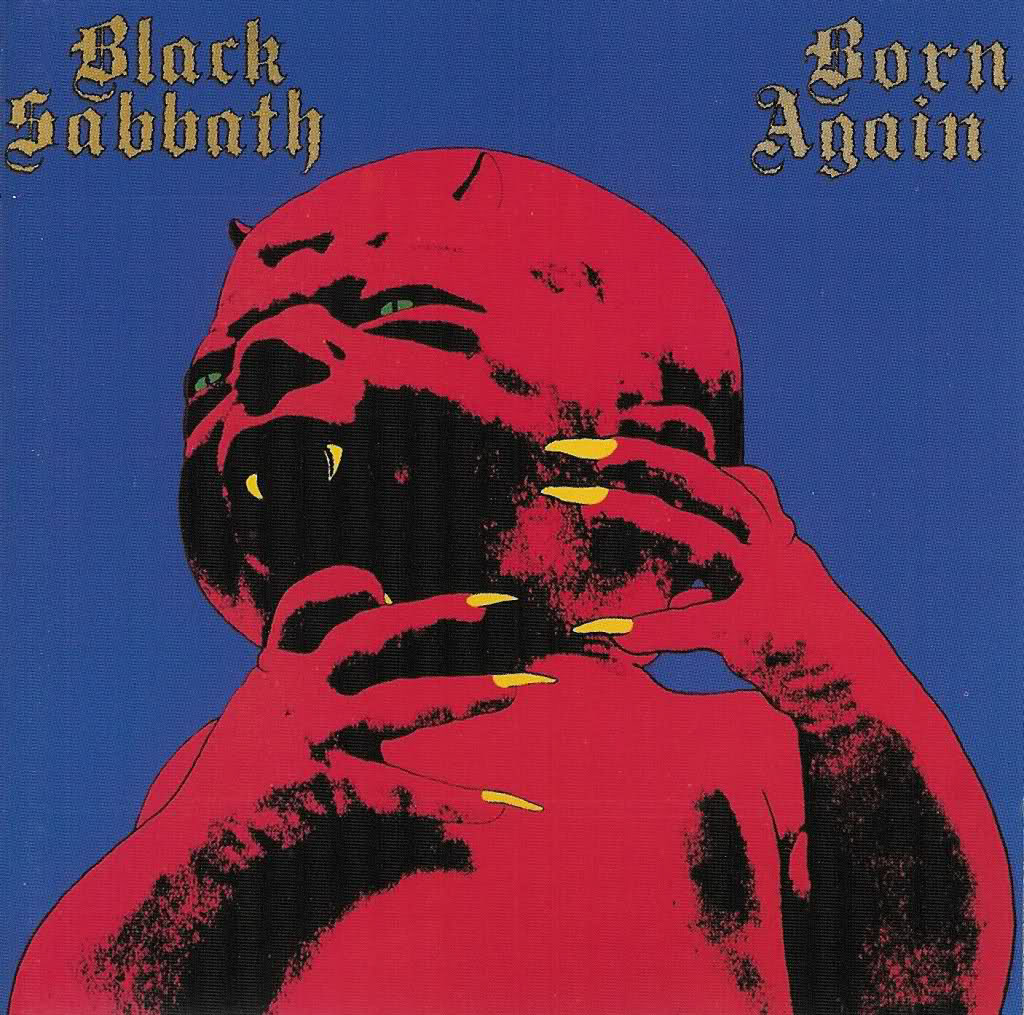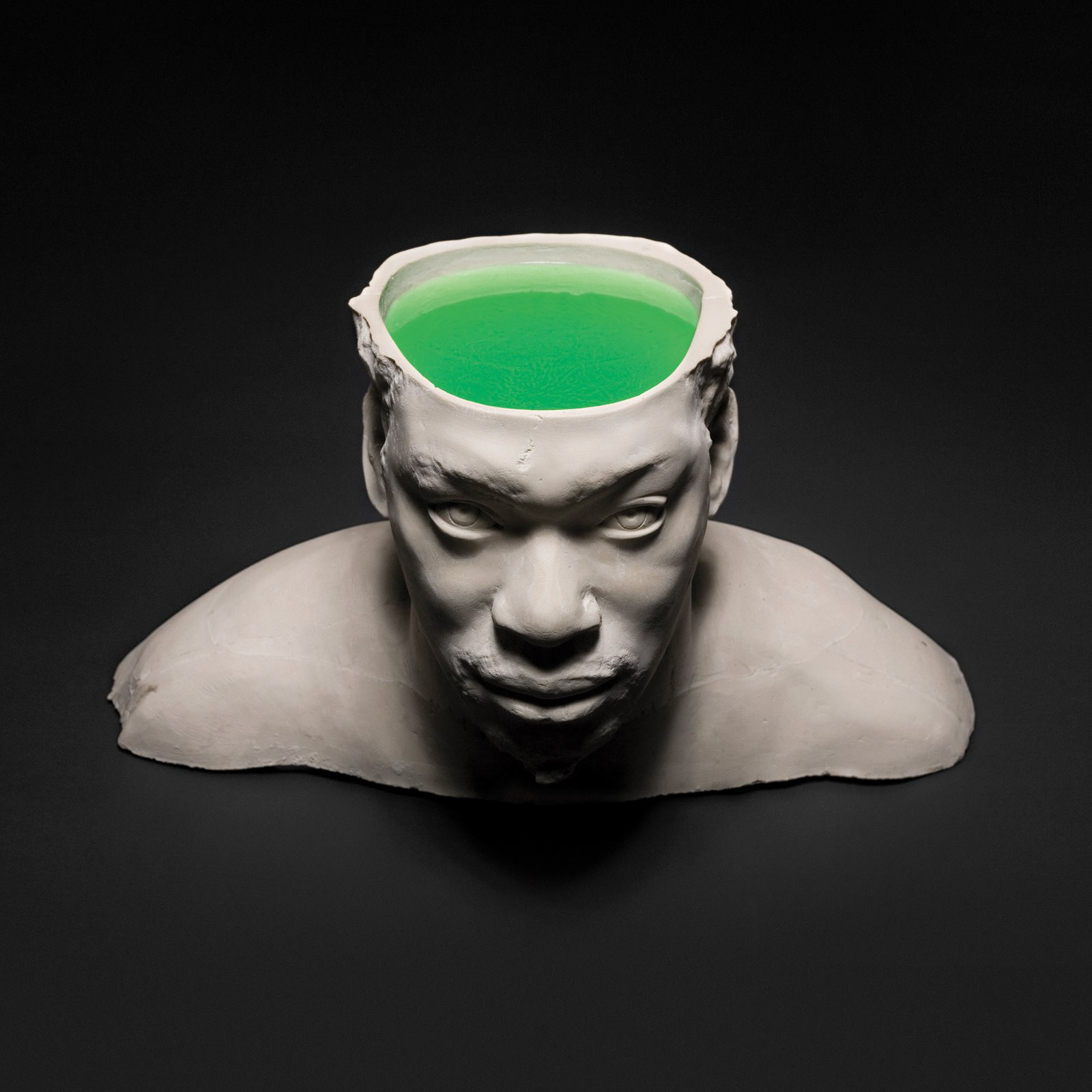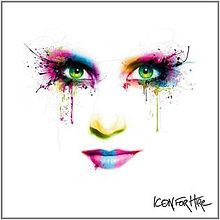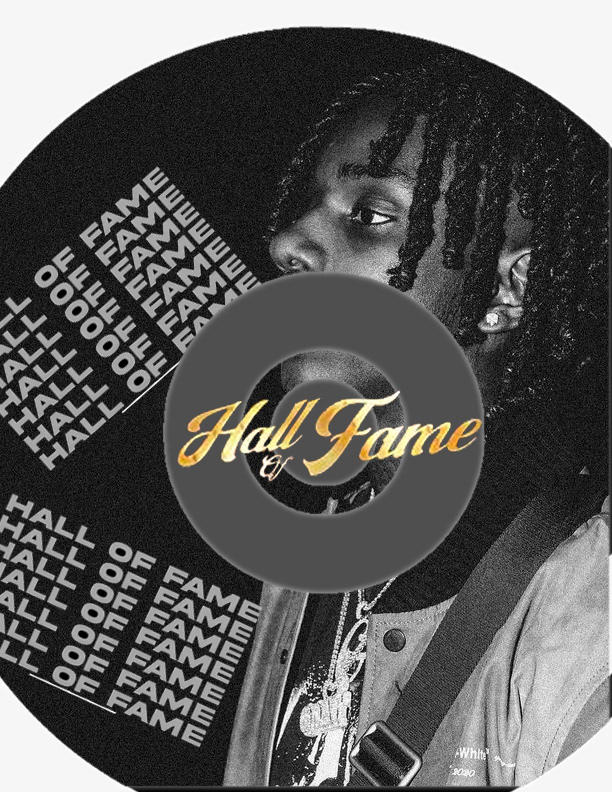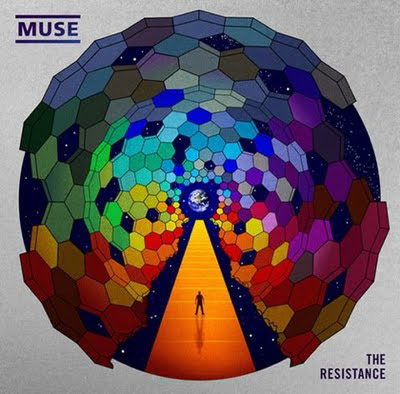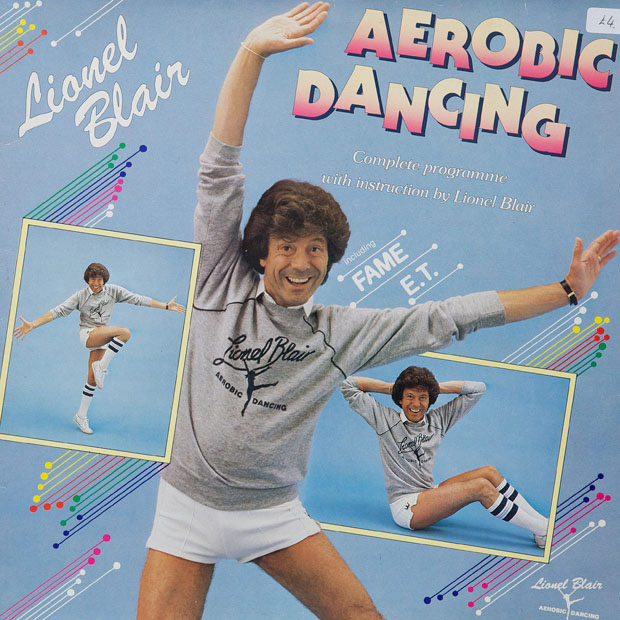Music fuels creativity and is able to transport one emotionally. It’s only appropriate that we chose to design album art for our current or past favorite songs/albums/artists.
Tones and I, The Kids Are Coming • Designed by Alicia
I designed the album cover for “The Kids are Coming” by Tones & I, released in August 2019. I chose to design for this particular artist, not only because I love her unique voice and musical approach, but also her inspiring back story. I played this album on repeat while designing so that the visuals I created related to the feelings I got from her music.
The vibe of her music and her overall style led me to explore photo manipulation techniques to create a bold, fun background using neon-colored photography. I came across a Skillshare class that went over various Photoshop manipulation techniques and it offered a new lens to what was possible. This step of exploration and experimenting was a lot of fun! As far as my typography choices, I landed on a clean, extended sans-serif and a playful handwritten font. I felt that these fonts best reflected the bold, raw energy that Tones and I bring to her music and fashion.
Here’s the Skillshare class I watched for Photoshop photo manipulation
– A
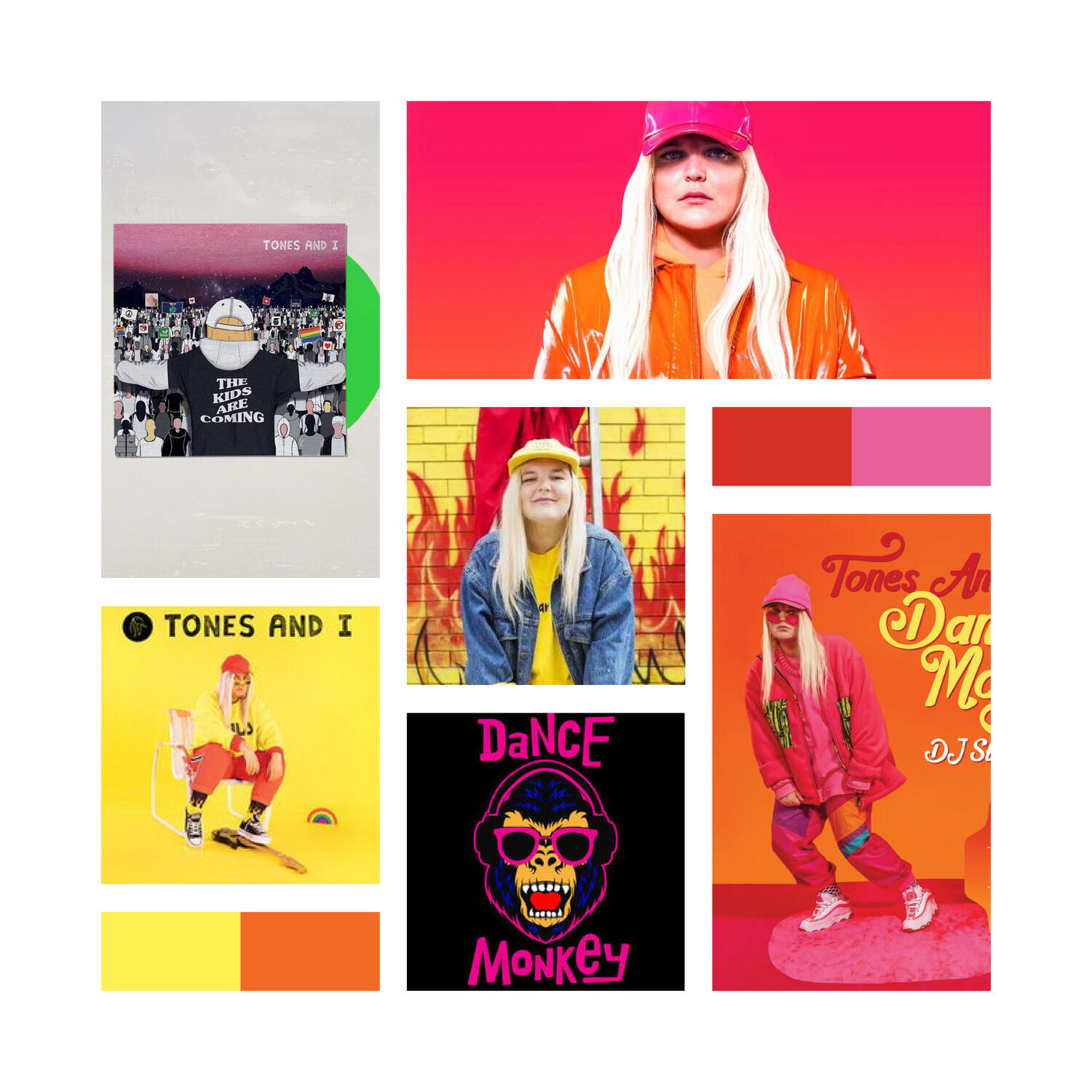

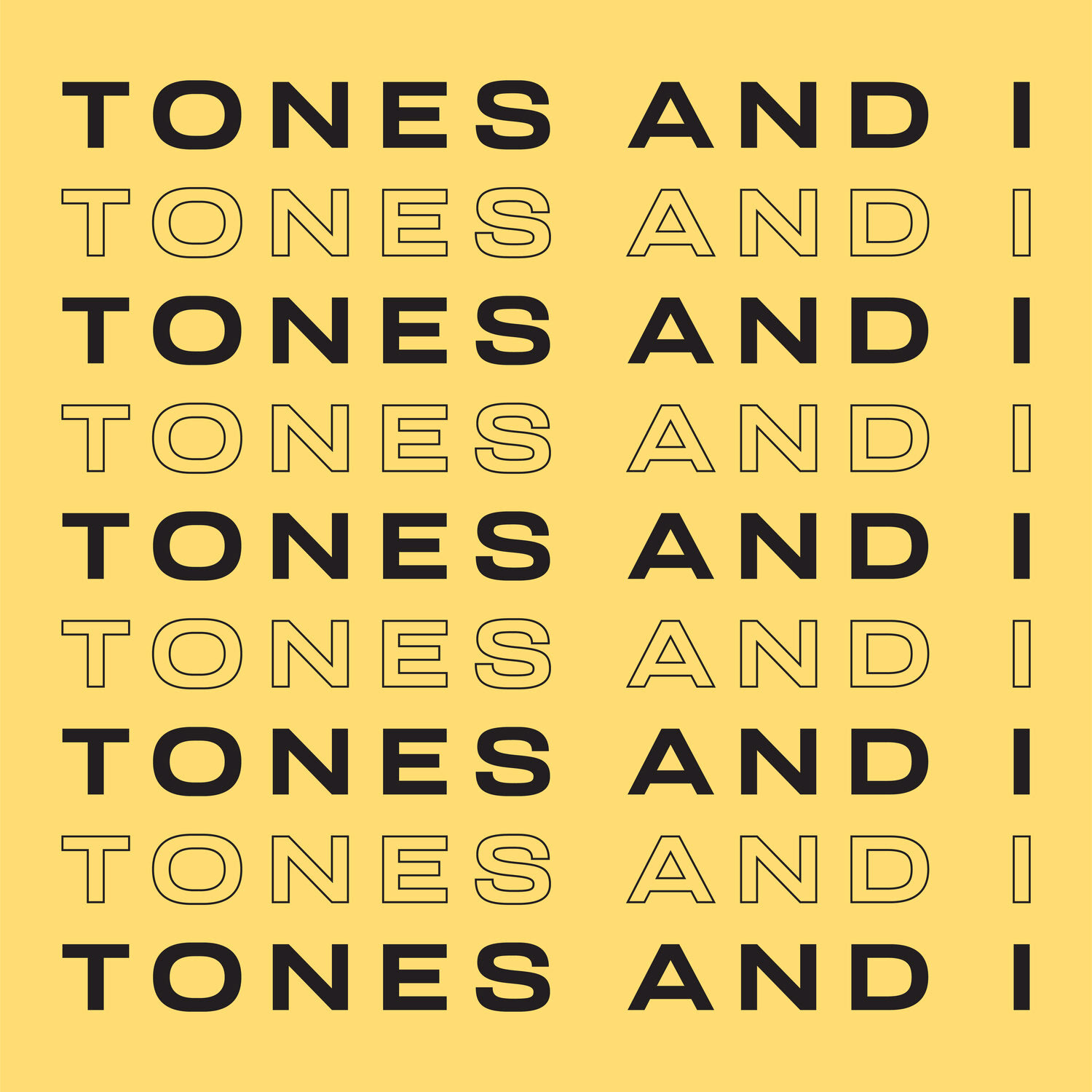


Cannons, Fire for You • Designed by Genevieve
Do you ever hear a song and it just stops you in your tracks? I’ve probably listened to “Fire for You” by Cannons way too many times, but hey, I just really love it. This song instantly puts a smile on my face and gives me all the nostalgic, chill, seductive vibes. Everything from inspiration to colors, shape/form and imagery was chosen purely based on the way this song makes me feel. To me, it symbolizes a new flame – that feeling of being alive – heart-sinking, melting desire and spontaneity – simplicity and bliss – and sometimes, heartbreak.
For this prompt I chose to use shape manipulation to achieve a 2-D melting effect. Along the way, I stumbled upon another interesting short command in Adobe Illustrator (shift + ~) that creates repeating shapes as you click & drag (SO COOL!). I’ve always wanted to explore digital collage and felt this prompt was a great opportunity to do so. It’s always been my opinion that when you remove or don’t include eyes in a composition you’re able to place yourself in – making the image feel more relatable, triggering certain feelings/emotions and memories. Overall, my intent was to create album art that felt sexy and deep.
Check out the Skillshare class I used for the 2-D shape warping & repetition!
– G
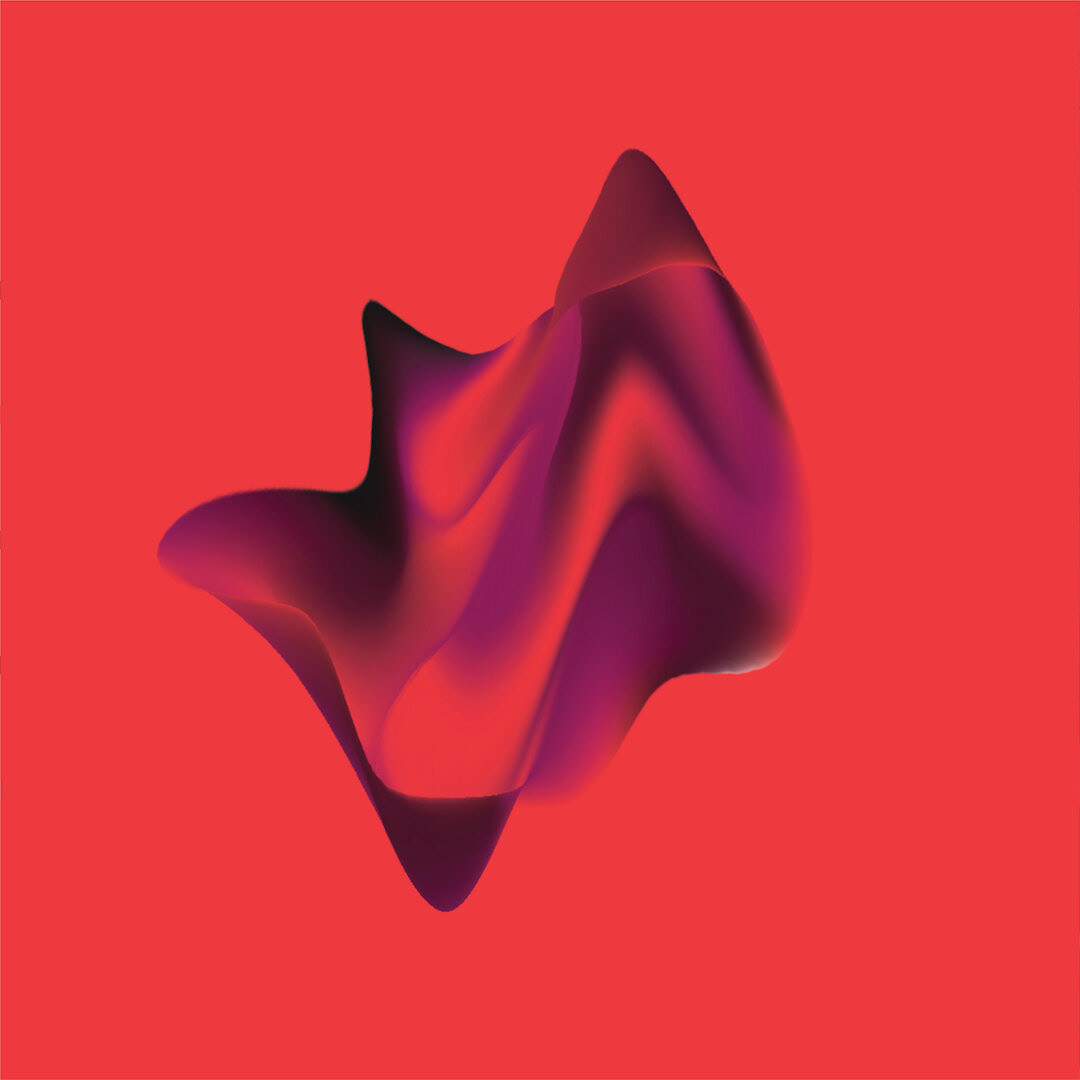


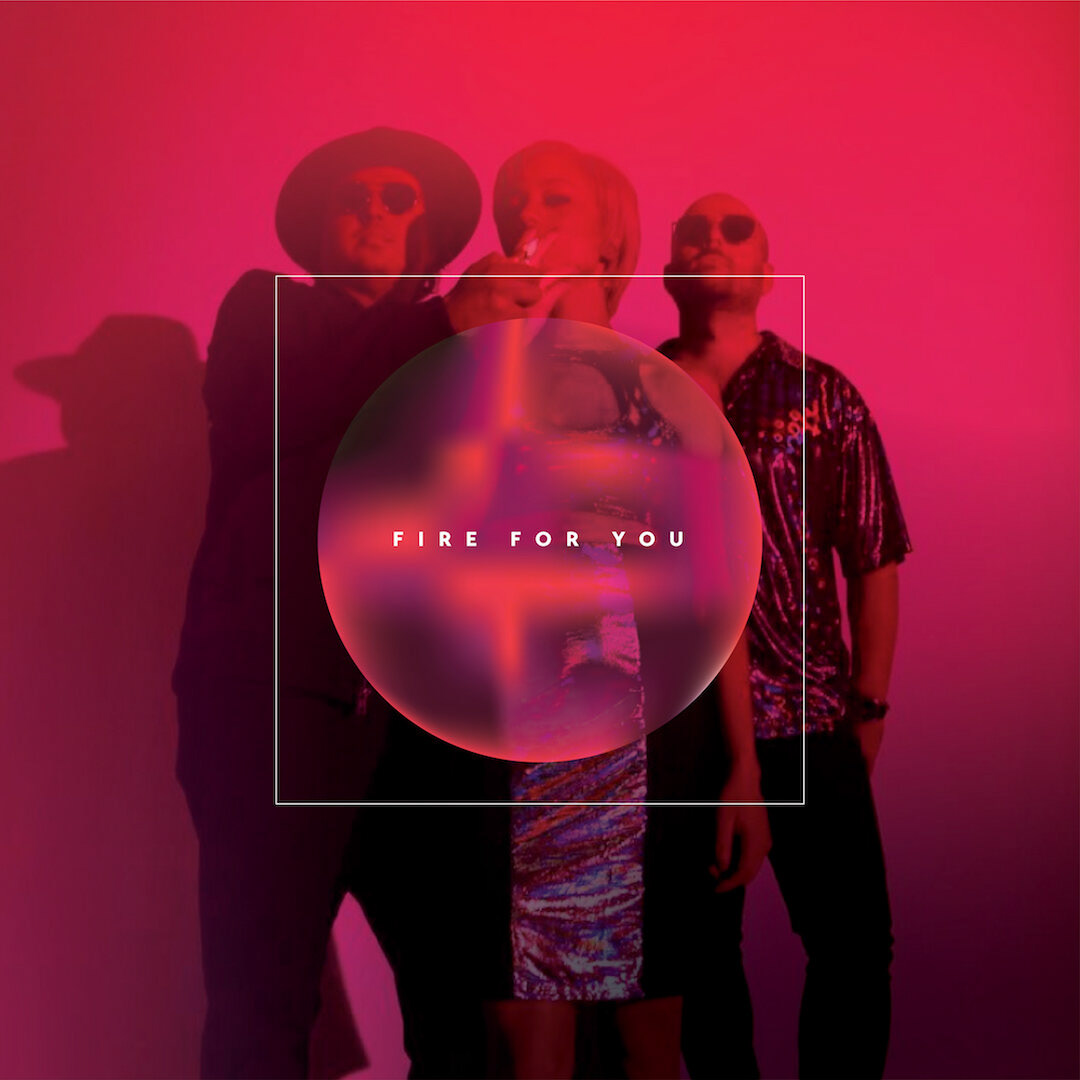
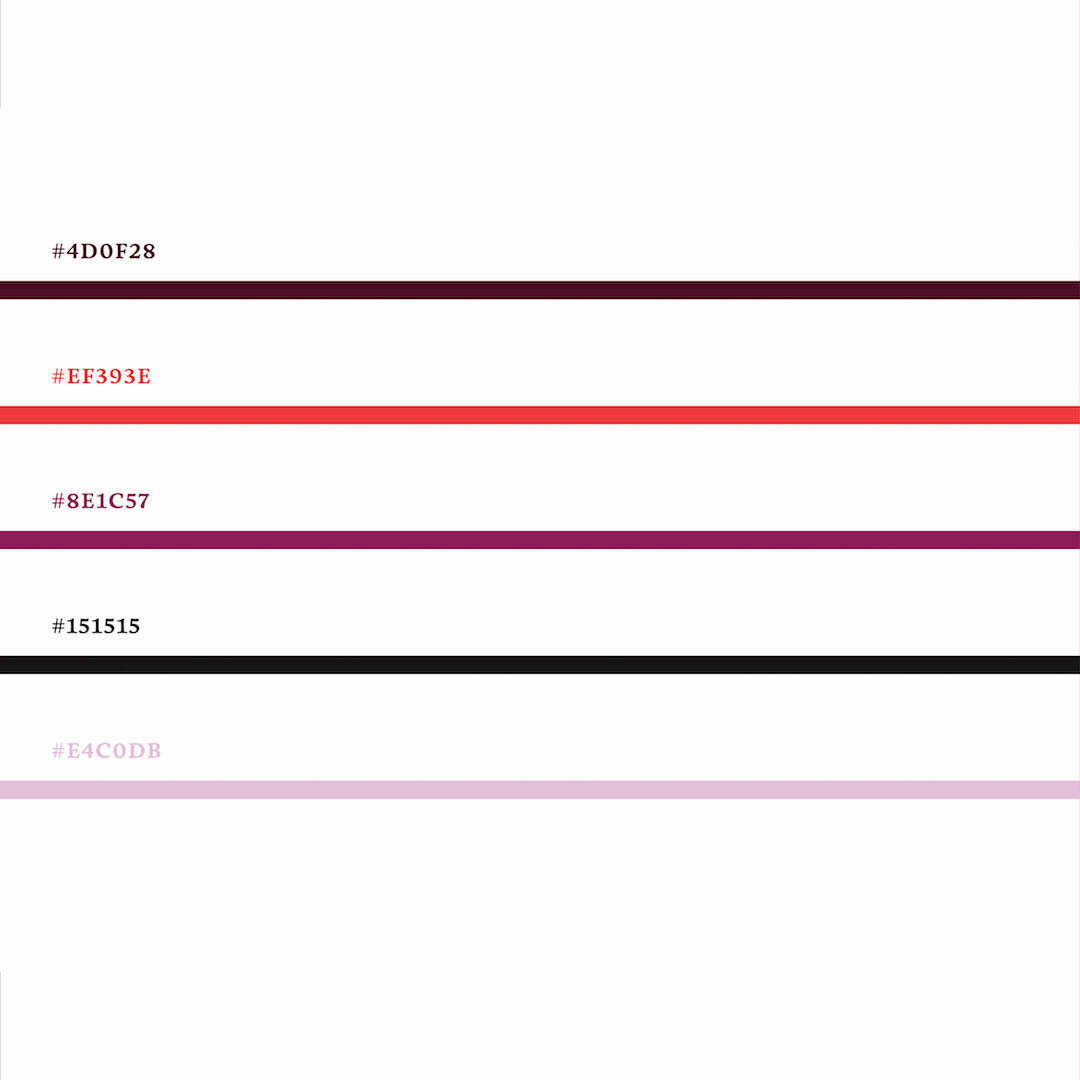
The Cranberries, Dreams • Designed by Rylie
I went for nostalgia and chose my favorite song from the soundtrack of my early childhood: Dreams by The Cranberries, released in 1993. I drew much of my inspiration from David Carson’s grungy and experimental design work that defined the alternative music scene of the 90s. It’s a love song, so that’s my rationale for the imagery. I sourced and scanned the photograph from a stock photo book that was appropriately published in the 90s. I tried to keep it relatively authentic to the time period. I altered it in photoshop by converting it to a texturized bitmap, then went for a color palette that looks like something out of a dELiA*s clothing catalog. I used this exercise as an opportunity to experiment with incorporating traditional media digitally. I got messy with charcoal, and the result is very maximalist. It’s layered, heavy, and light all at the same time — just like the song.
– R
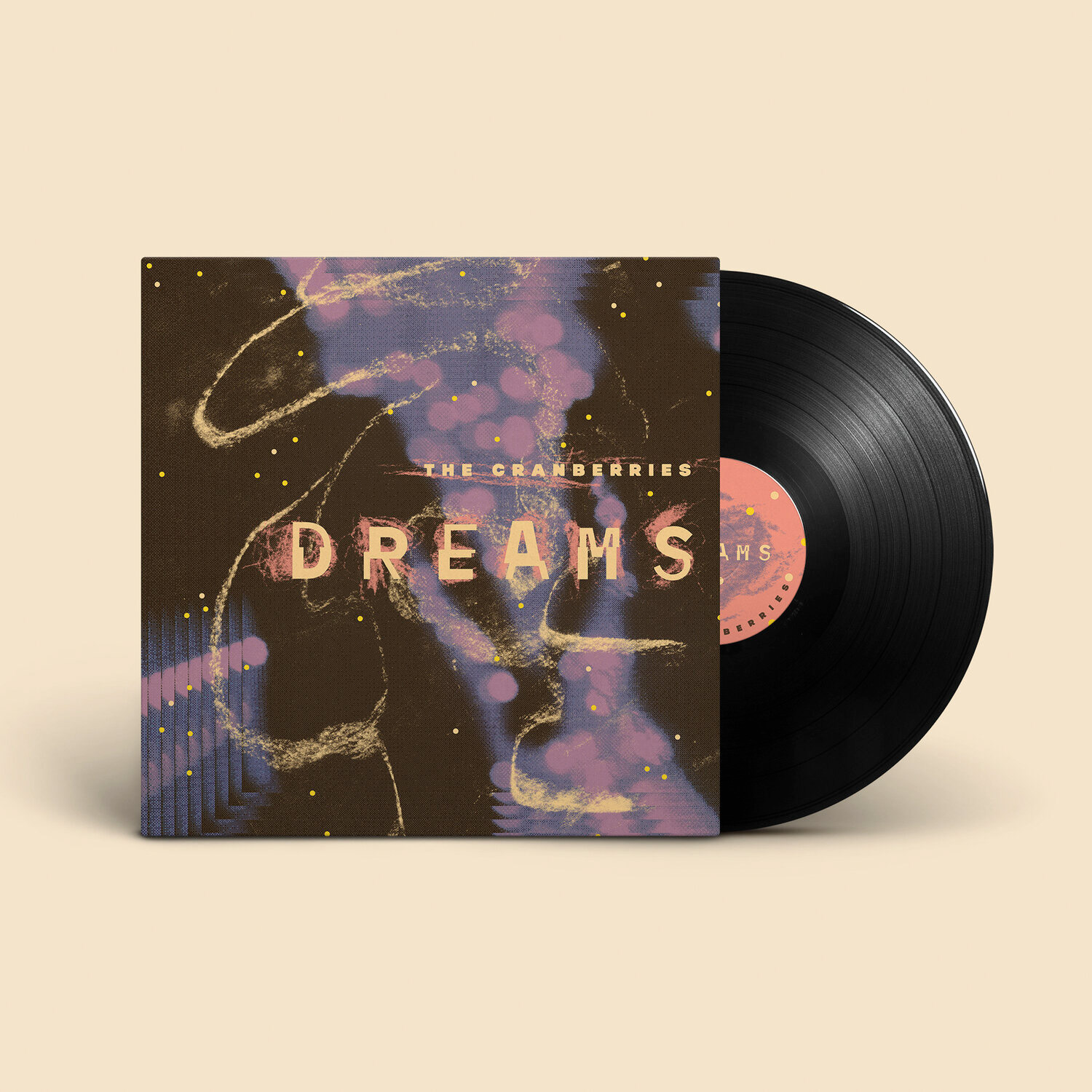


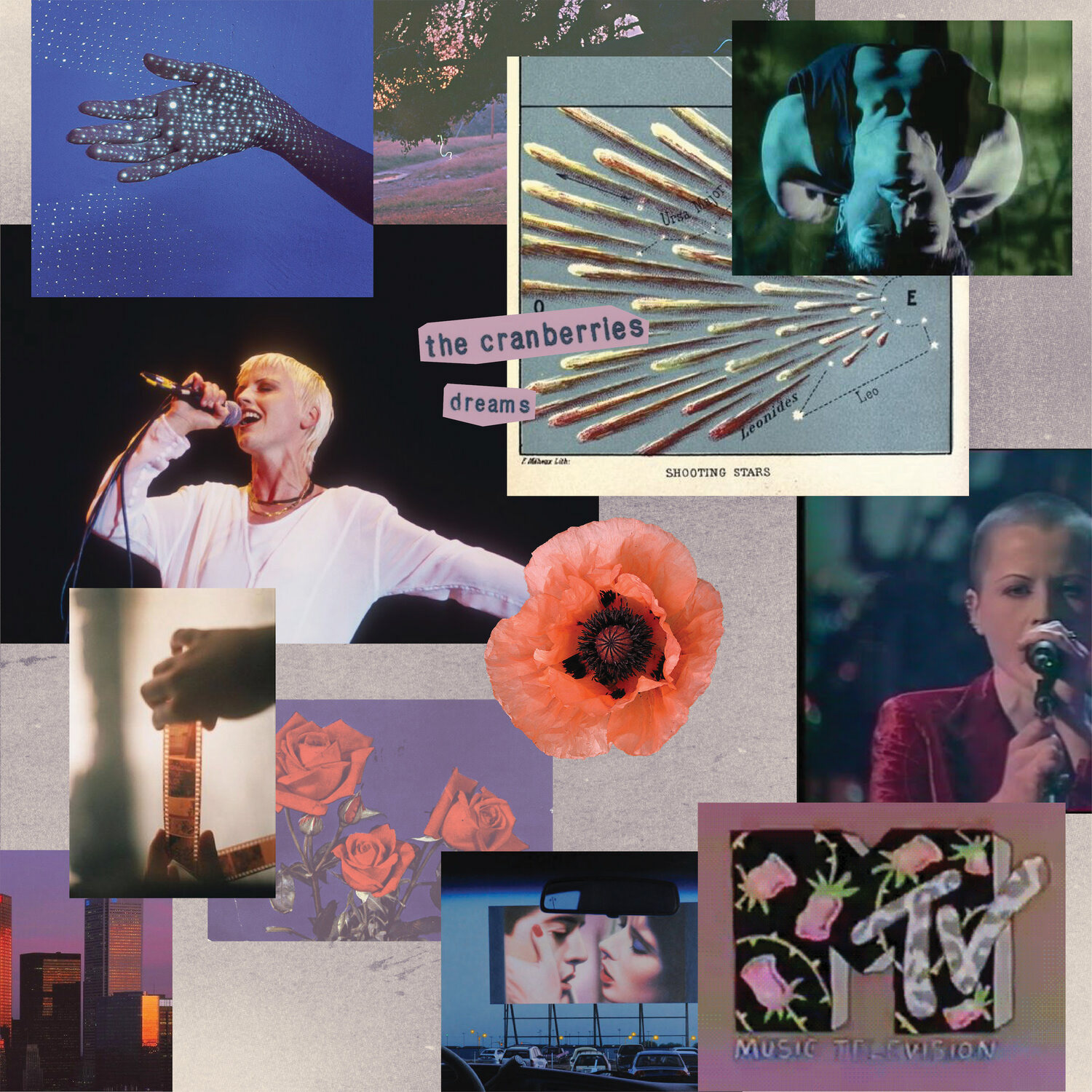
Lesson Snapshot:
Students will create album cover artworks in response to a 'client commission' prompt by experimenting with all 7 basic Elements of Art, then making design choices to create an effective composition.
Lesson Essential Questions:
What are the 7 elements of Art and how are they used to make a successful composition?
How can I use each of the 7 Elements of Art within my work to create an engaging artwork?
How/where do artists get their ideas?
What choices do artists make?
How does art communicate ideas?
Where is art in our world?
What skills do artists/designers need to create art?
What skills or techniques are used to change the context of an image?
Essential Learning Outcomes
Perceiving and Responding
1. A. 2 Critical Response: Use appropriate art vocabulary to describe, analyze and interpret qualities of visual form perceived and recorded in works of art
1. A. 2 Critical Response: Use appropriate art vocabulary to describe, analyze and interpret qualities of visual form perceived and recorded in works of art
1. C.1 Creative Expression: Develop unique or special ways to advance feeling, ideas, or meaning by using specific elements of art and/or principles of organization
Historical, Cultural, and Social Contexts
2. A. 1 Critical Response: Determine ways that works of art provide social commentary to document historical events and reflect the values and beliefs of the society in which they are created.
Creative Expression and Production
3. A. 1: Creative Expression: Within the context of a given or chosen art problem, select media, experiment with processes and representation skills, exploring a range of ideas that can be expressed with different media
Making Aesthetic Judgments
4. B. 2 Creative Expression: Having analyzed the works of several artists, create a series of works based upon implementing information gained from the study to address form, theme, and context.
CCSS: SL.9-10.5
Make strategic use of digital media (e.g., textual, graphical, audio, visual, and interactive elements) in presentations to enhance understanding of findings, reasoning, and evidence and to add interest.
ENDURING UNDERSTANDINGS
Art communicates powerful ideas and fosters an understanding of history, culture, and each other.
Making art develops creative thinking and problem-solving skills.
Art and design are valuable job skills that can be marketed and used to make a living/sustain a career.
Practiced design/art techniques and skills can refine everyday imagery to establish deeper meaning.
Context can drastically change the use and meaning of text, colors, and images.
Lesson Objectives:
Create a composition based on their writing prompts by experimenting with the 7 Elements of Art.
Use image selection techniques in order to manipulate images.
Add and edit text in a composition.
Edit the size, color and shape of images in a composition.
Correctly set up a composition by using layers.
Locate and identify examples of how color and texture are used in album cover design.
Analyze song lyrics to determine the message of a song/album
Create sketches for design projects.
Create an album cover that incorporates a specific color palette, visual texture, and a successful combination of words and images.
